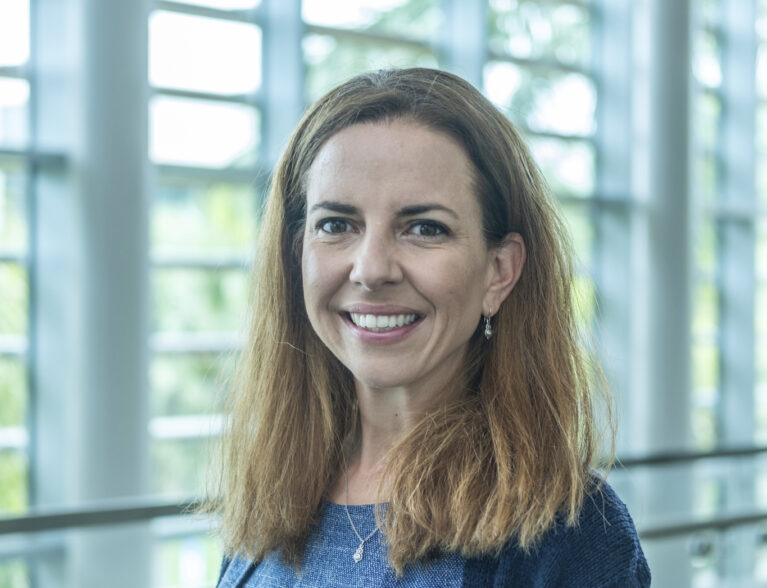
Sixty years after the U.S. Surgeon General announced that smoking is harmful to human health, puffing on tobacco remains a major cause of death in America, leading to 480,000 deaths annually, including 41,000 caused by secondhand smoke, according to the Centers for Disease Control and Prevention.
It is a tough habit to break because nicotine, the best known of 70 cancer-causing chemicals in tobacco smoke, is exceptionally addictive. But it can be kicked with the right combination of motivation, willpower and various forms of medical and psychological help.
To that end, Cleveland Clinic Indian River Hospital’s Scully Welsh Cancer Center offers free smoking cessation clinics every week, orchestrated by the Everglades Area Health Education Center (AHEC), a state-funded organization that provides free clinics to 10 Florida counties. Free stop-smoking classes are also held at The Source, United Against Poverty, the County Administration Building and Piper Aircraft.
“There are over 7,000 harmful chemicals in one lit cigarette or cigar,” said Jessica Chason, a certified tobacco treatment specialist with AHEC. “That includes every brand, including the natural ones, the lights and ultralights, and even the ones you roll on your own. And there’s thousands of chemicals in vapes, each one of which contains different flavors, different strengths, different temperatures and different heating elements. And at the end of the day, air is the only substance our lungs are designed to handle.
“Tobacco companies are in business to make money, so they don’t remove the chemicals, because the whole point is to addict the user,” Chason continued. “They knew for decades [before public health warnings] about all the diseases associated with smoking, but they covered it up.
“In 1977, Florida reached an $11 billion agreement with the four tobacco companies to recover public healthcare costs associated with tobacco use. The money recovered from the Master Tobacco Summit funds our services, so they are completely free for everyone.”
Tobacco products, including cigarettes, vapes, cigars, snuff and chewing tobacco, kill more people than drugs and alcohol combined, according to Chason. “Unfortunately, that is ignored in addiction treatment centers. Tobacco kills more people annually than COVID did in its worst year, yet it’s sold in every grocery store and gas station.”
AHEC provides both virtual and in-person smoking cessation classes for an hour each week, providing people with support, accountability, education, and nicotine replacement therapy patches, gum and lozenges.
“Most people have tried these before, but they haven’t tried them in combination, simply because it’s very expensive,” Chason explained. “We offer those aids for free, along with an evidence-based curriculum and ongoing support with trained facilitators and peer support from other class members.”
Planning increases the chances of success. In the AHEC program, the facilitator and student set a quit date ahead of time. Prior to the final puff, they address the habit and routine of smoking and do behavior modification exercises, looking at smoking triggers and habitual smoking times. The student is advised to remove all cigarettes, lighters and ashtrays from their home, car and workplace, and to inform friends, family and coworkers about their plan to quit so they can be supportive.
It’s also important to anticipate challenges and identify triggers like stress and alcohol that increase the urge to smoke, and develop alternative coping strategies.
“On our quit day, our facilitators provide everyone with nicotine products to address the chemical addiction and detox from the chemicals,” Chason said. “It usually takes about a month to detox, so we provide them with their nicotine replacement therapy until they get through the detox.
“There are seven medications to help people quit but we can only provide three of them, patches, gum and lozenges, because they don’t require a prescription. We educate our groups on the others, such as Wellbutrin and Chantix, but they have to get those from their primary care physician.”
Successfully quitting smoking involves replacing old habits with healthier ones. If you typically smoke with your morning coffee, try tea or walk instead. Exercise, deep breathing, meditation and engaging hobbies can distract you and reduce stress. Drinking water, chewing gum or snacking on healthy foods can also keep your hands and mouth busy.
Quitting smoking is easier with support. Behavioral counseling, whether one on one or in a group setting, will double your chances of success.
“We are here for people through their entire journey,” Chapon said. “We will help them through their withdrawal period and work continuously on behavior modification exercises.
“Some people experience very overwhelming and intense withdrawals while others aren’t as bad.
We navigate this territory together as a group. Peers in the group help each other. Those who have already quit are an inspiration to those just starting their journey. And for those who have quit, group therapy helps them continue their journey to gain a perspective on who they used to be. It’s a win-win for all.”
According to the American Lung Association, as soon as you quit your body begins to repair the damage caused by smoking with amazing rapidity and continues to repair itself for many years.
AHEC offers both virtual and in-person classes to provide clients with the tools they need to quit. For more information about AHEC and the locations and schedules of their FREE classes, visit AHECtobacco.com or call 877-819-2357.



